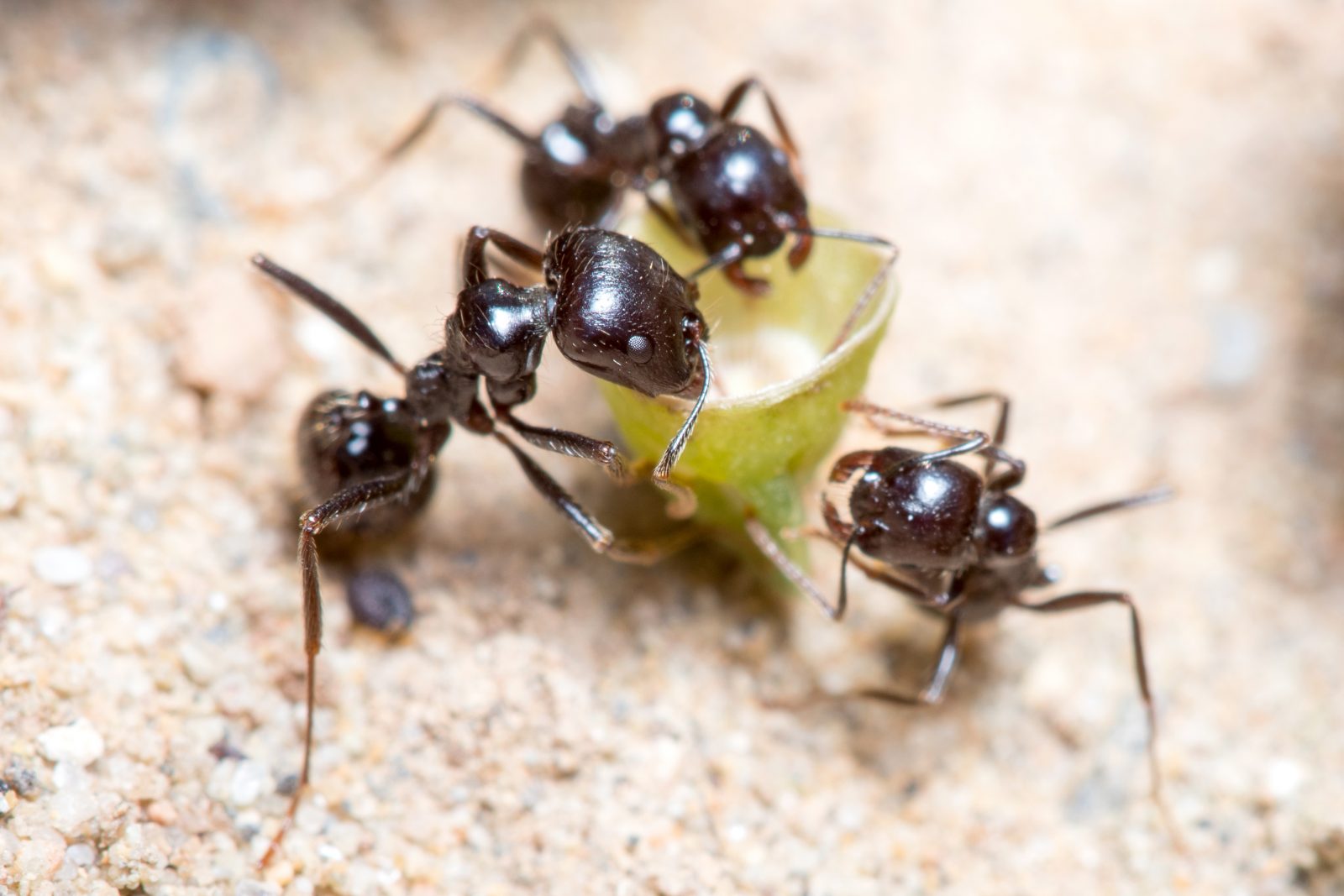


A Physician’s Fantastic Voyage through Your Designed Body
On today’s ID the Future Your Designed Body author and physician Howard Glicksman takes a deep dive with Philosophy for the People podcast host Pat Flynn into Glicksman’s new book, co-authored with systems engineer Steve Laufmann. As Glicksman puts it, he and Laufmann look not just at how the human body looks but at what it actually takes for it to work and not die, and what this implies for evolutionary theory. Begin by piling up the layers of complexity in the human body—the layer upon layer of complex interdependent systems. Then ask hard questions about whether any blind and gradual evolutionary process could have kept our evolutionary ancestors alive at every generational stage as all this was gradually engineered by countless random mutations over millions of generations, beginning with the first single-celled organisms billions of years ago. Once one faces those hard questions without retreating to vague just-so stories about nature needing vision (or hearing or any number of other bodily functions) and therefore magically evolving it, at that point Darwinism’s story of gradual and blind evolution collapses. The explanation that is left standing, according to Glicksman, Laufmann, and Your Designed Body: intelligent design. This episode is posted her with the generous permission of Pat Flynn and the Philosophy for the People podcast.

Michael Behe and Michael Medved Explore Secrets of the Cell
On today’s ID the Future, Michael Medved interviews biologist Michael Behe about Behe’s visually stunning YouTube series, Secrets of the Cell. Behe summarizes one of the key messages of the video series, namely that everything from the life-essential blood clotting system to a myriad of crucial protein structures in our bodies increasingly appear to be far beyond the reach of blind evolutionary mechanisms to build. Instead they appear to be the work of planning and purpose, which is the purview of mind. Meanwhile, even many mainstream evolutionists are growing skeptical of neo-Darwinism, Behe says, as biologists continue to uncover more and more layers of cellular sophistication. The emerging field of metagenomics, he says, is a case in point. Medved also mentions a recent article in World magazine where Behe also lays out a case for intelligent design The piece is here.

Evolution Challenge: The Harvester Ant Foraging Algorithm
On this ID the Future, Animal Algorithms author Eric Cassell explores an algorithm in the brains of harvester ants that adjusts their foraging strategy based on how available food is in their environment, thereby guiding the harvester ants toward more efficient foraging. Cassell builds off a March 2022 article in the Journal of the Royal Society Interface to explain how the algorithm in the ant’s tiny brain involves a sophisticated feedback control mechanism that includes both positive and negative feedback systems. As he further notes in the episode and in an article at Evolution News, a mathematical model of the harvester ants’ foraging behavior by Stanford University scientists confirms the control algorithm is largely optimized. Cassell’s recent book, Animal Algorithms, shows how the harvester ant algorithm is but one example of many behavior algorithms found in ants and other social insects. In the book, and more briefly in this podcast episode, Cassell explains why he sees intelligent design as a better explanation than any blind evolutionary process for the origin of these algorithms.

Michael Behe’s Mousetrap on the Edge
On this ID the Future Lehigh University biologist Michael Behe dives deeper into A Mousetrap for Darwin. Behe and host Eric Anderson pivot to the new book’s section defending Behe’s earlier work, The Edge of Evolution. In that earlier book, Behe reviewed hard data from evolution studies of malaria parasites, HIV, and E. coli, showed that blind evolutionary processes face severe limits as to what they can build, and argued that intelligent design was required for the origin of life’s great diversity. In this new conversation Behe touches on some of the attempts to refute that argument and suggests why those refutations fail. For a more in-depth look at his defense of The Edge of Evolution, get your copy of A Mousetrap for Darwin: Michael J. Behe Answers His Critics and check out Part 3 of the book.

Behe: Blood Clotting Remains a Mousetrap for Darwin
On this ID the Future, Michael Behe continues discussing his new book, A Mousetrap for Darwin, with host Eric Anderson. Here the focus is the blood clotting cascade. Behe has argued it’s irreducibly complex, like a mousetrap, and that blind evolution couldn’t build it one small functional step at a time. Behe says a better explanation is that it was intelligently designed. His critics have responded to his argument over the years. Here Behe returns the favor. His most prominent interlocutor on the matter is the recently deceased Russell Doolittle. Behe shows that Doolittle misread the paper he relied on to refute Behe. Professor Behe also responds to Kenneth Miller and Keith Robison. According to Behe, his critics have managed to provide little more than hand waving, smoke screens, and the sweeping of crucial problems under the rug. Tune in to catch some of the back and forth, and for a deeper dive into this challenge to modern evolutionary theory, pick up a copy of Behe’s new book.